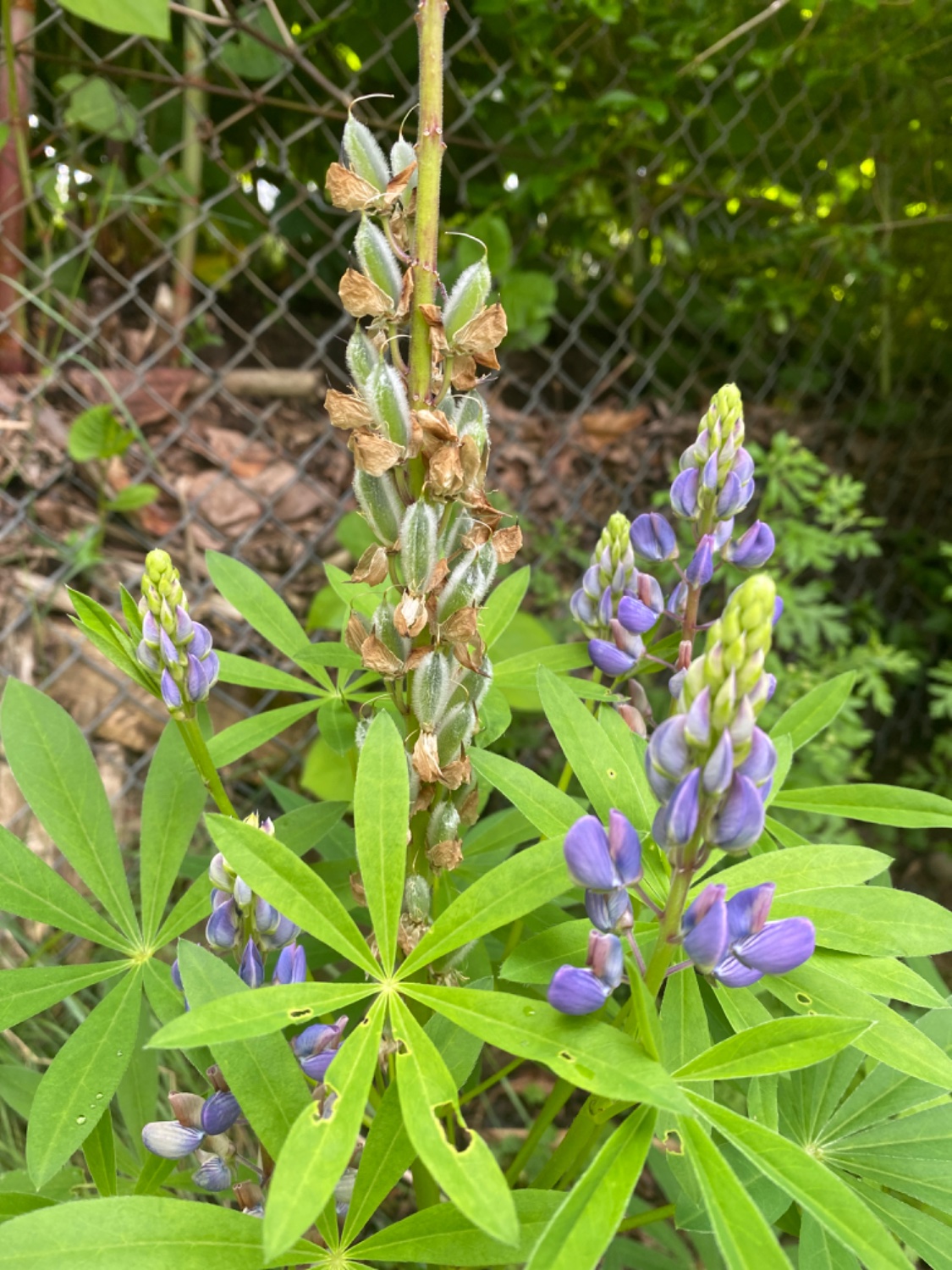this post was submitted on 29 May 2024
56 points (100.0% liked)
Native Plant Gardening
756 readers
1 users here now
Why native plants?
According to the The National Audubon Society:
Restoring native plant habitat is vital to preserving biodiversity. By creating a native plant garden, each patch of habitat becomes part of a collective effort to nurture and sustain the living landscape for birds and other animals.
What our community is about—
This community is for everyone who is interested in planting native species in their garden. Come here for discussions, questions, and sharing of ideas/photos.
Rules:
- Don't be a jerk.
- Don't spam.
- Stay on topic.
- Specify your region in the post title. This is a global community, so designating your region is important.
More for you to explore—
founded 1 year ago
MODERATORS
you are viewing a single comment's thread
view the rest of the comments
view the rest of the comments

hey op, how do you harvest the seed pods? or maybe when? ours are wild/native to where we live and I would like to start growing them yearly around our house.
It’s easy! Actually these are from seeds I harvested in a park. After the flowers bloom the seed pods will develop. They can be opened up and planted in autumn or spring. Lupines are legumes like peas, so look for pea pods and let them ripen until the seeds are black
To add to this: wait until the pods are brown and dried and close to popping open; if you're uncertain, they start popping open from the bottom up so you can wait until a few pods have popped, then harvest seeds from the rows above them.
To plant, you can spread a handful of seed in the desired spot in the fall (depending on your climate and when exactly you spread them, they'll either begin sprouting in the late fall or spring). I've also had great success planting them in pots in early-to-late spring; I've heard they require "scarification" so I take a very sharp knife and slice off a tiny part of the seed's hard shell. It's finicky work and not necessary, but does improve germination rate. I've also experimented with cold stratification, but that seems unnecessary for the varieties I've grown (Western Washington State natives). Once a plant is established in your yard and begins dropping its own seeds, you'll have tons of little volunteers every year.
There are many, MANY species of lupine, from 6ft+ globes to tiny rock/sand dwellers only a few inches tall. Some species are annuals and some are perennials (although the perennials can be quite short-lived, only a few years). I've successfully grown some of the smaller varieties in containers, but many lupine have extremely long taproots and will struggle if confined. They do best when given an area that they can take over/dominate; think of it more like a lupine patch rather than an individual lupine plant.
While they're a bit more wild than your standard garden plant, lupine are fantastic additions to any garden where they're locally native (much of North America... but make sure to select a species local to your area; they're aggressive invasives outside their native range!). Besides their unique foliage and beautiful flowers, they are a bumblebee favorite! Plus the perennials are evergreen in more mild climates (zones 9+ or so?)
Awesome, we have pods gallore right now. thanks!